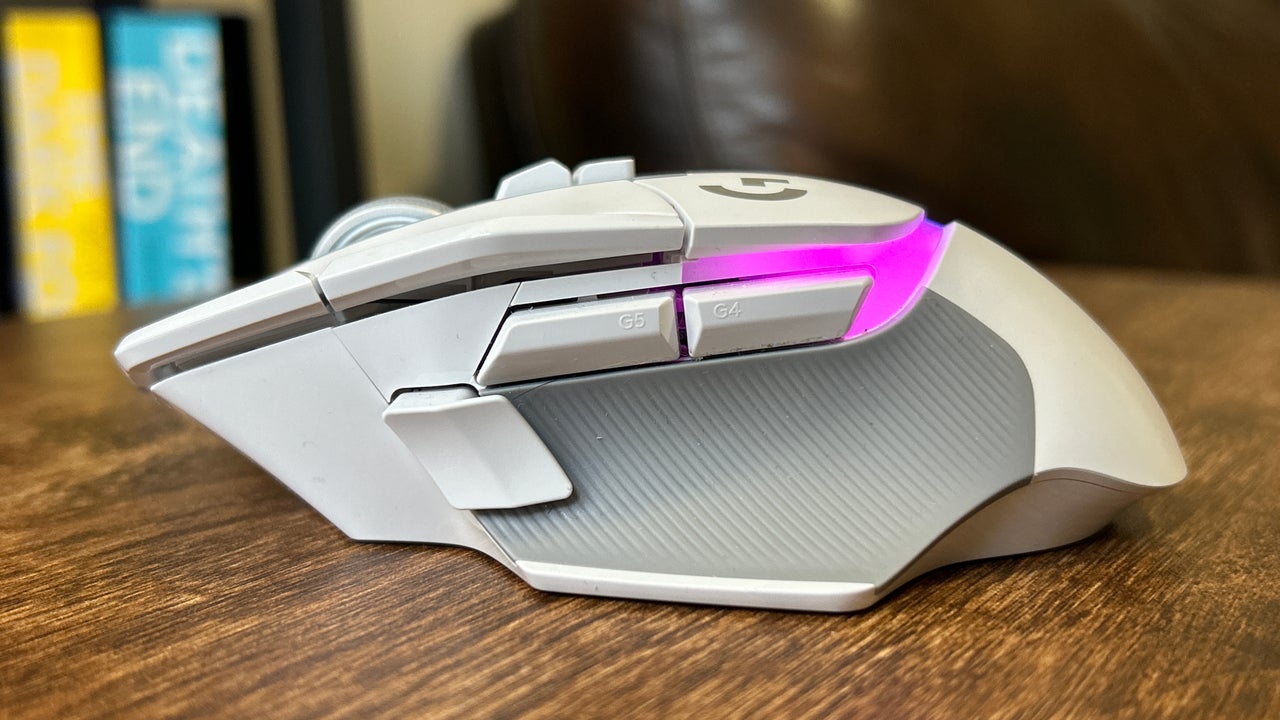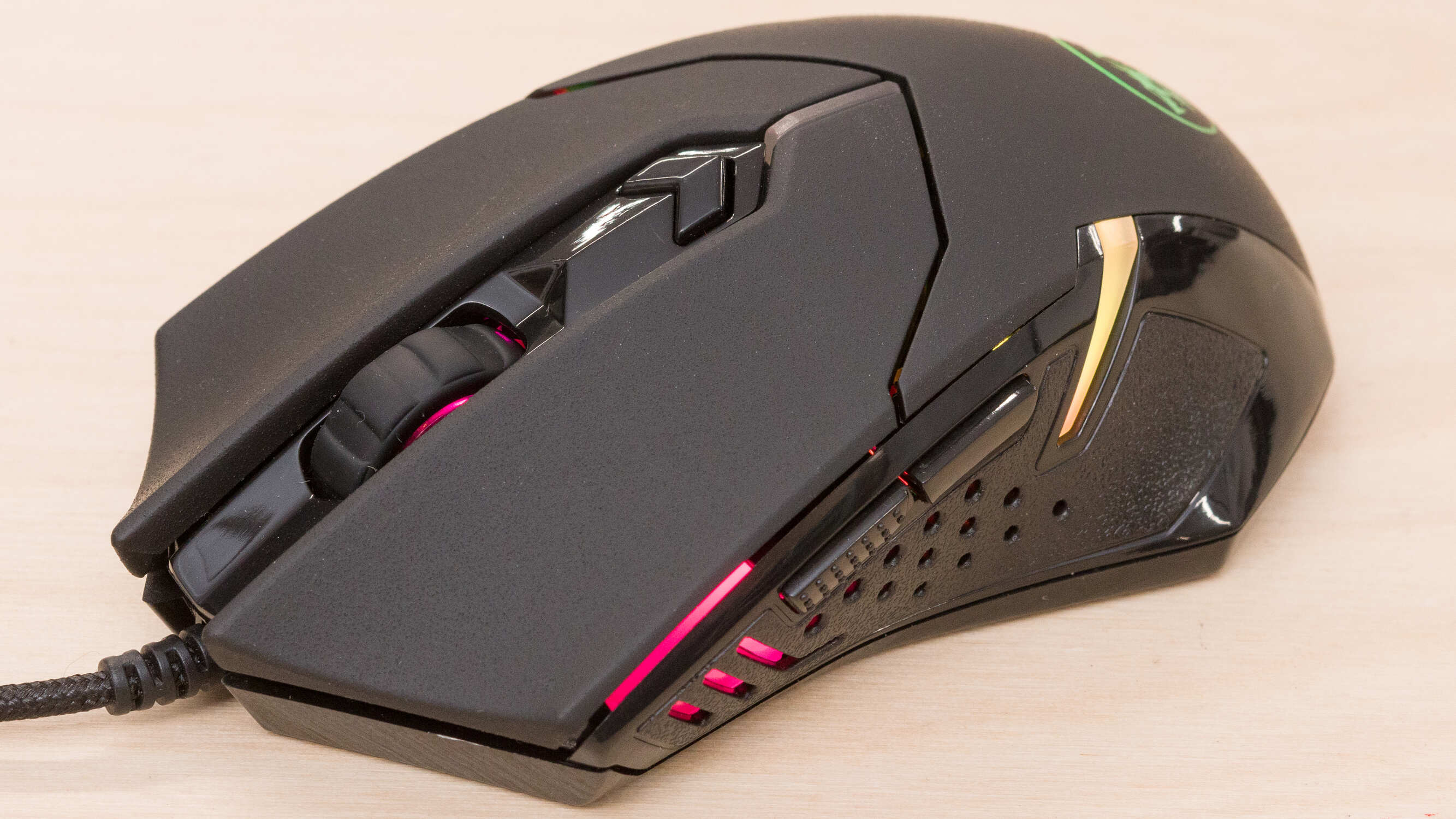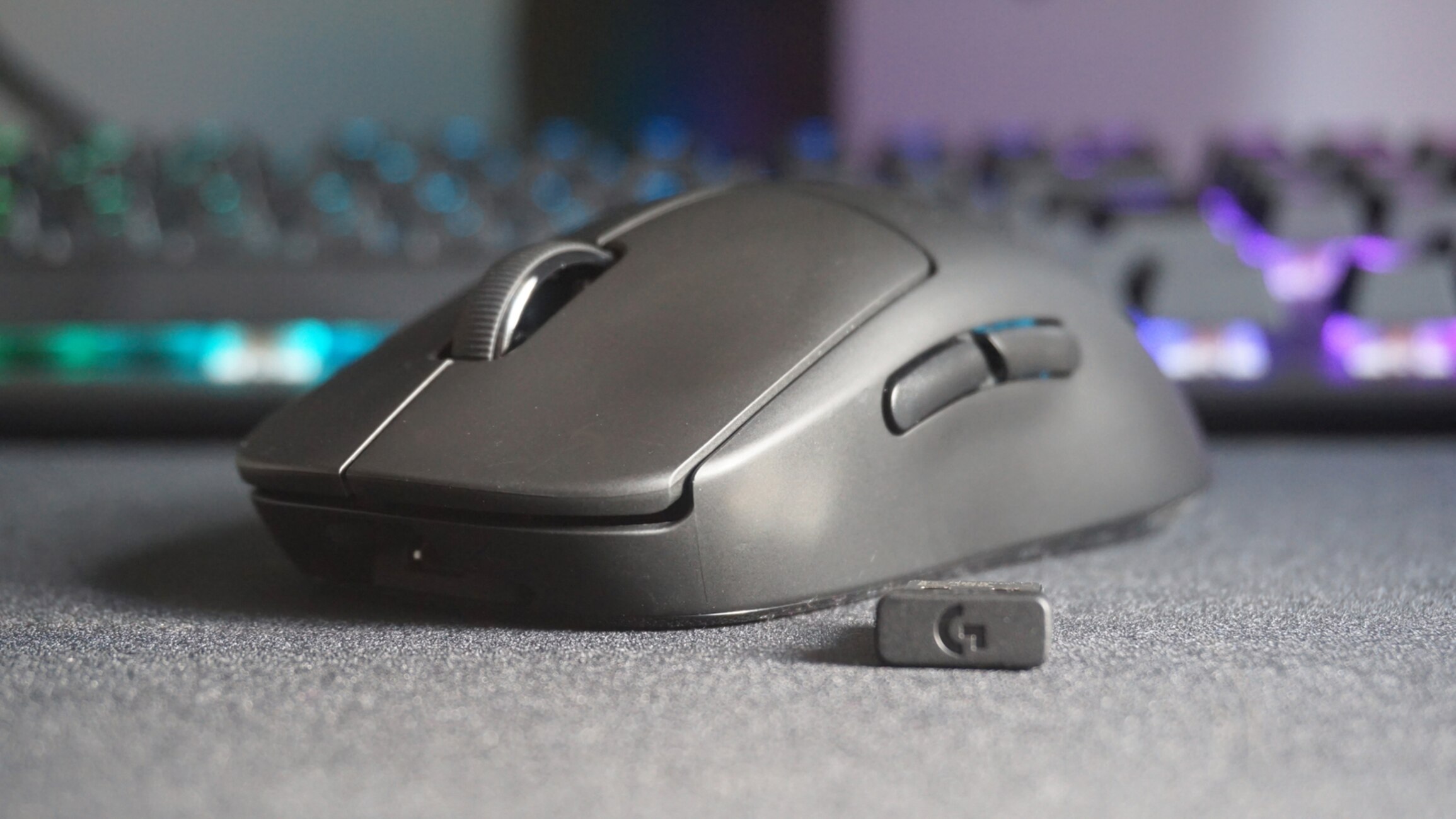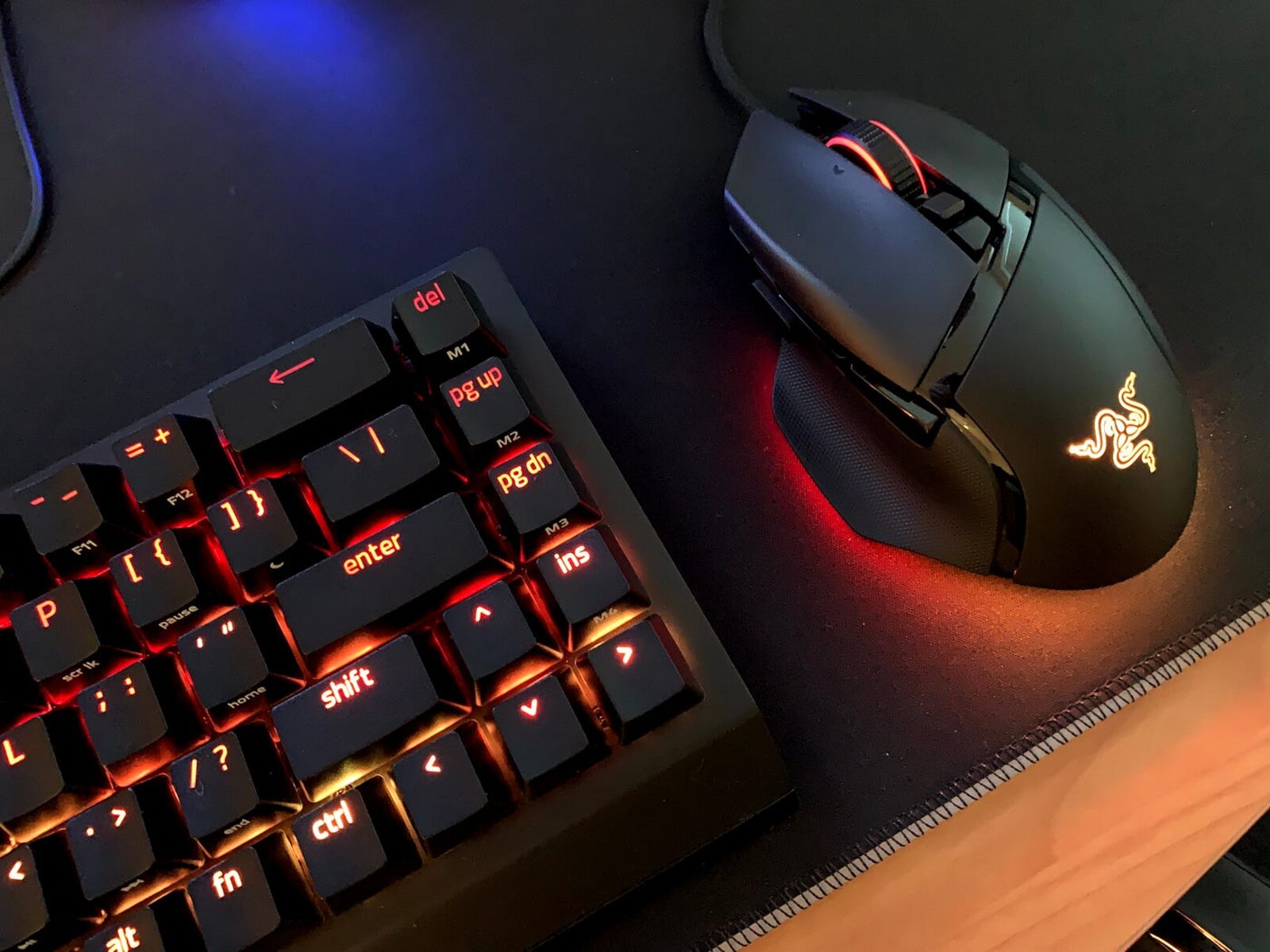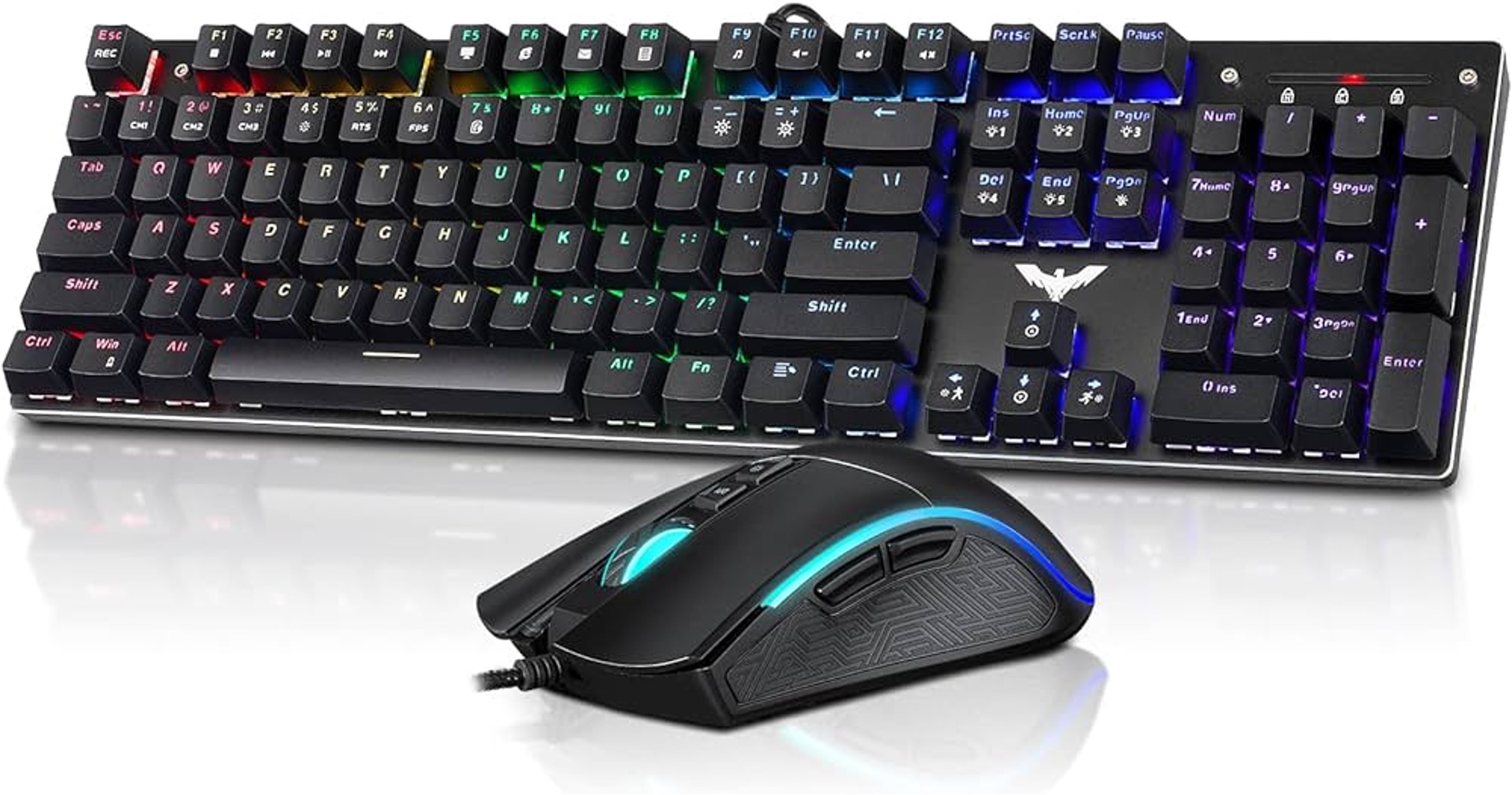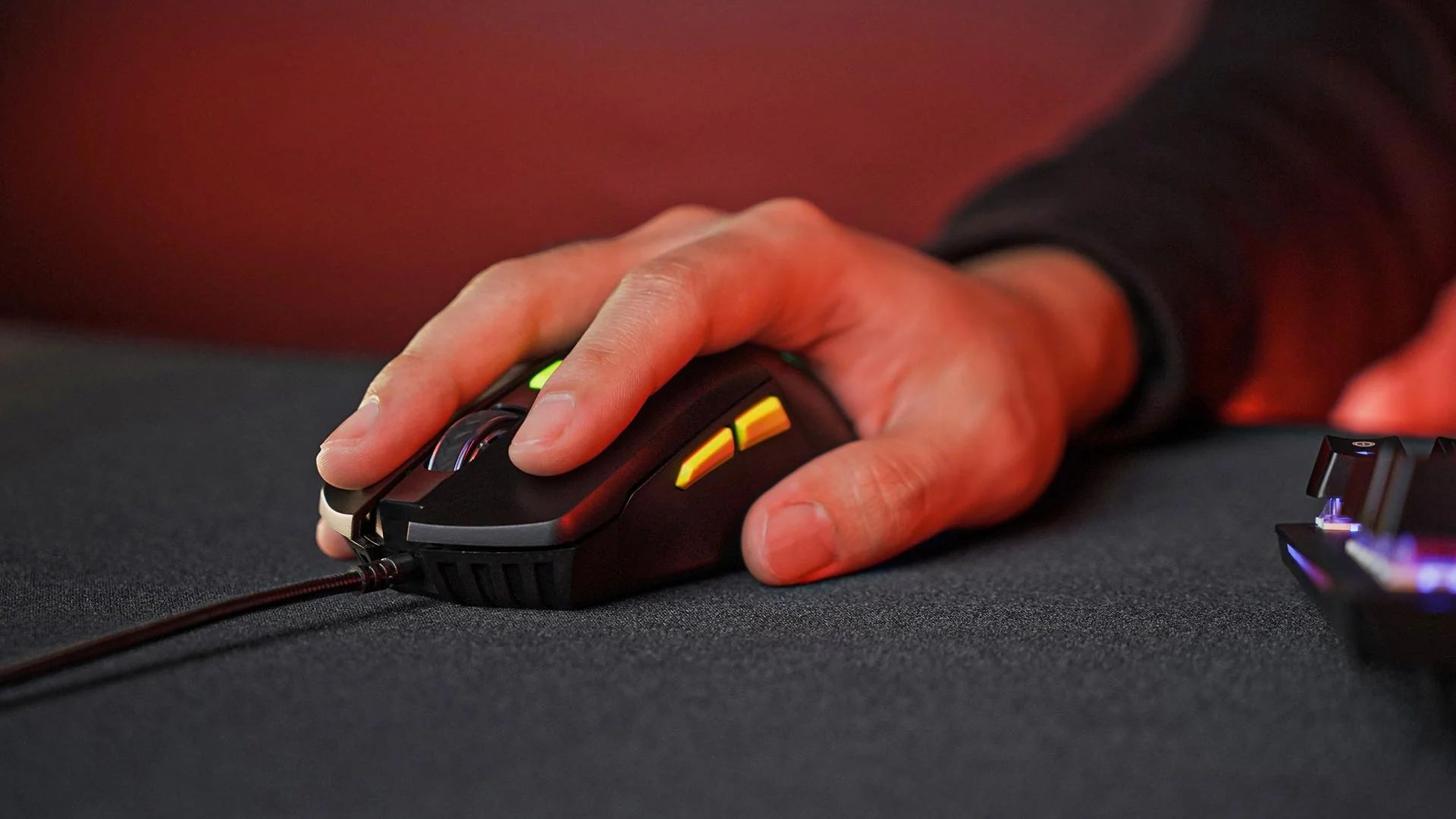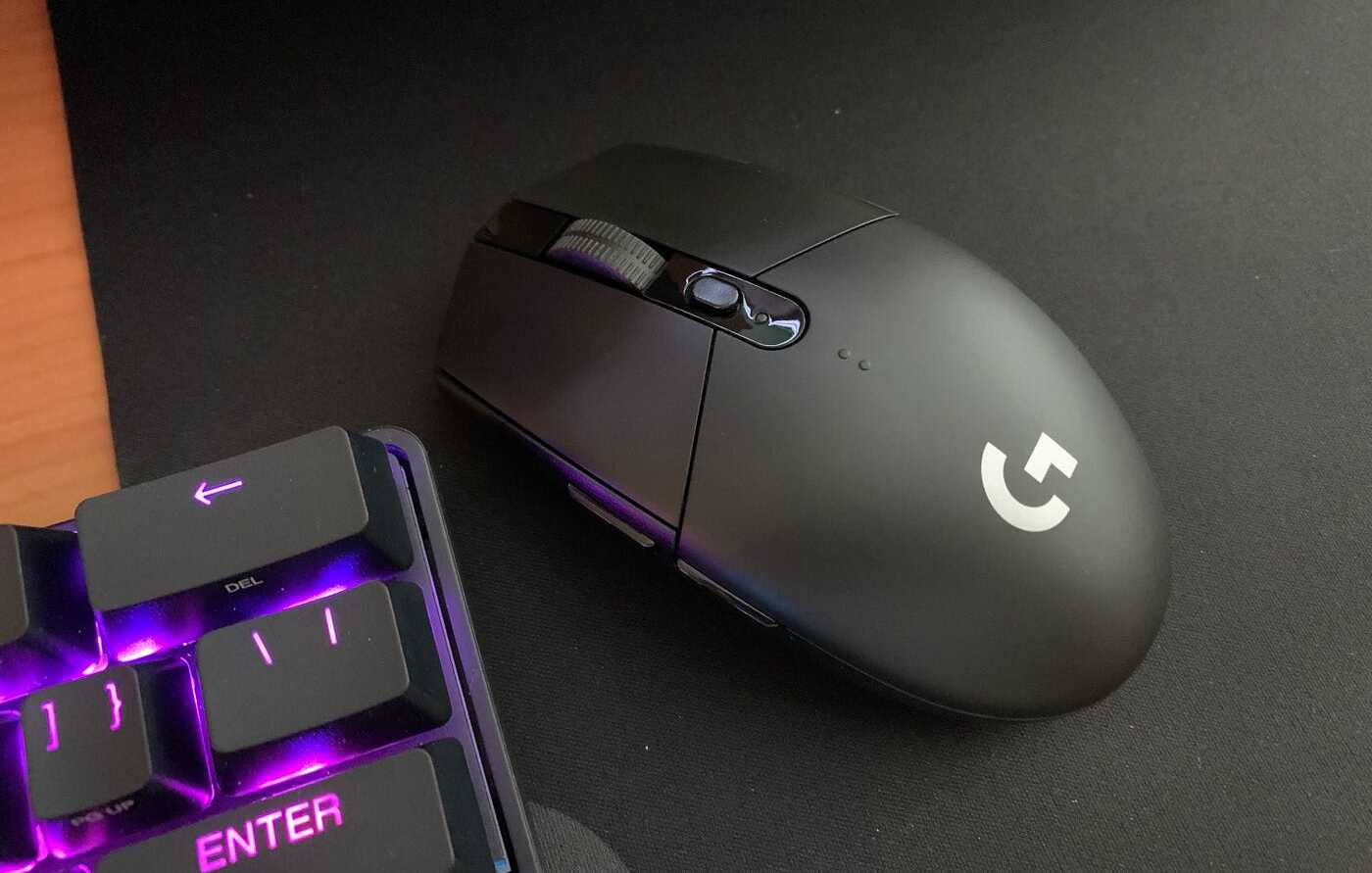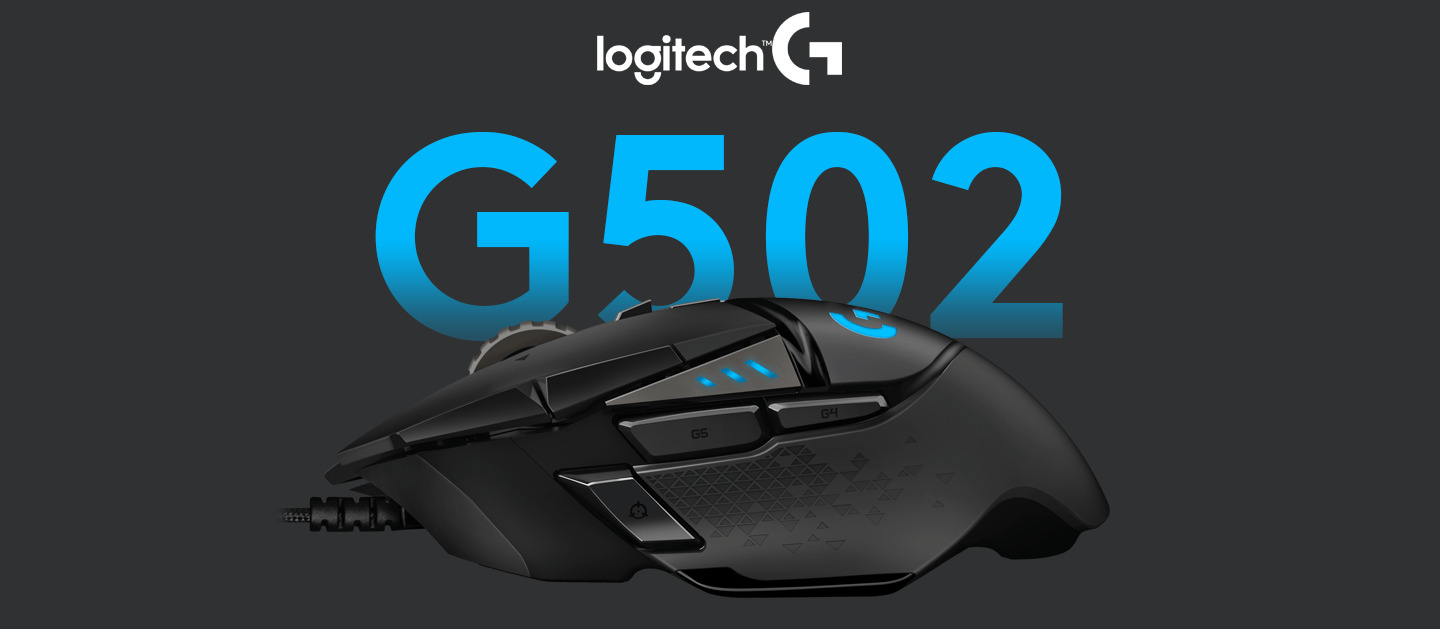What DPI Should My Gaming Mouse Be
Introduction
Choosing the right DPI for your gaming mouse can significantly impact your gaming experience. DPI, or dots per inch, is a crucial factor in determining the sensitivity and precision of your mouse movements. In the world of gaming, where split-second decisions and precise aiming can make all the difference, finding the optimal DPI setting is essential for maximizing your performance.
Gaming mice are designed with a wide range of DPI settings, often ranging from a few hundred to several thousand DPI. Understanding how DPI works and its influence on gaming is vital for gamers looking to gain a competitive edge. In this article, we will delve into the concept of DPI, explore its effects on gaming, and provide guidance on finding the right DPI setting tailored to your preferences and playstyle. Whether you are a casual gamer or a dedicated esports enthusiast, mastering the DPI settings of your gaming mouse is a crucial step toward enhancing your gaming prowess. Let's embark on this DPI exploration to unlock the potential of your gaming mouse.
What is DPI?
DPI, or dots per inch, is a metric used to measure the sensitivity of a mouse. Specifically, it indicates how many pixels the cursor will move on the screen for each inch the mouse is physically moved. A higher DPI setting results in a more responsive cursor movement, covering a greater distance with minimal physical motion of the mouse. Conversely, a lower DPI setting reduces the cursor’s sensitivity, requiring more significant physical movement to achieve the same on-screen displacement.
Modern gaming mice are equipped with adjustable DPI settings, allowing users to customize the sensitivity according to their preferences and gaming requirements. This flexibility empowers gamers to fine-tune their mouse’s responsiveness, catering to various gaming genres, playstyles, and individual preferences. Understanding the concept of DPI is fundamental for gamers seeking to optimize their gaming setup and elevate their performance.
It’s important to note that DPI is often used interchangeably with CPI (counts per inch), which essentially refers to the same concept of cursor sensitivity. While the terminology may vary among different manufacturers, the underlying principle remains consistent: DPI/CPI determines how the cursor responds to physical mouse movements, influencing the precision and speed of on-screen actions.
How DPI Affects Gaming
The DPI setting of a gaming mouse directly impacts a player’s performance across various gaming scenarios. A higher DPI setting results in faster cursor movement, allowing for swift camera panning, quick target acquisition, and rapid response to in-game events. This heightened sensitivity is particularly advantageous in fast-paced first-person shooters (FPS) and real-time strategy (RTS) games, where precise aiming and swift cursor navigation are paramount.
Conversely, a lower DPI setting offers enhanced precision and control, ideal for tasks requiring fine adjustments and steady cursor movement, such as sniping in FPS games or intricate maneuvering in strategy titles. Lower DPI settings can also benefit players who prefer a more deliberate and methodical approach to gaming, providing greater accuracy without sacrificing stability.
Furthermore, the impact of DPI extends beyond in-game performance, influencing the ergonomics and comfort of the gaming experience. Players can tailor the DPI to suit their preferred hand movements, ensuring a natural and fluid interaction with the mouse. This customization promotes comfort during extended gaming sessions, reducing the risk of fatigue and enhancing overall gameplay immersion.
Understanding the nuanced relationship between DPI and gaming enables players to optimize their mouse settings for specific gaming genres, playstyles, and individual preferences. By harnessing the potential of DPI, gamers can elevate their in-game capabilities, responsiveness, and overall enjoyment, ultimately enhancing their gaming experience.
Finding the Right DPI for You
Discovering the optimal DPI setting for your gaming mouse involves a process of experimentation and fine-tuning to align with your unique gaming style and personal comfort. To embark on this journey, consider the following factors:
- Gaming Genre: Different gaming genres demand varying levels of cursor sensitivity. For fast-paced action games, a higher DPI setting may be advantageous, while slower-paced strategy or simulation games may benefit from a lower DPI for enhanced precision.
- Playstyle: Assess your preferred in-game movements and aiming techniques. Players who favor quick, sweeping motions may lean toward higher DPI settings, while those who prioritize precise, deliberate actions may find lower DPI settings more conducive to their playstyle.
- Mouse Sensitivity Preferences: Experiment with different DPI settings to gauge your comfort and responsiveness. Find a balance that offers both agility and control, allowing you to navigate the gaming environment with ease while maintaining accuracy.
- Hardware Capabilities: Consider the capabilities of your gaming mouse and the DPI range it offers. Ensure that your chosen DPI setting falls within the optimal range supported by your mouse to fully leverage its capabilities.
Once you’ve considered these factors, embark on a trial-and-error process to identify the ideal DPI setting that resonates with your gaming style. Begin with a moderate DPI setting and gradually adjust it while testing its impact on your in-game performance. Pay attention to how the sensitivity influences your aiming, movement, and overall comfort. Strive to strike a balance that empowers you to swiftly react to in-game events while maintaining precise control and stability.
It’s important to remember that the perfect DPI setting is subjective and varies from player to player. Embrace the flexibility offered by adjustable DPI settings, allowing you to adapt your mouse’s sensitivity to different gaming scenarios and evolving playstyles. Continuously refine your DPI preferences as you gain experience and encounter diverse gaming challenges, ensuring that your gaming mouse remains finely tuned to complement your evolving skills and preferences.
Conclusion
Understanding the significance of DPI in the realm of gaming empowers players to harness the full potential of their gaming mice, elevating their performance and enhancing their overall gaming experience. By comprehending the nuanced impact of DPI on cursor sensitivity, players can tailor their mouse settings to align with their gaming preferences, playstyles, and comfort levels.
From the swift, agile movements required in fast-paced shooters to the precise, calculated actions essential in strategy games, the optimal DPI setting serves as a personalized tool for enhancing in-game capabilities. It enables players to navigate virtual environments with precision, react swiftly to dynamic in-game events, and maintain comfort and control during extended gaming sessions.
Embracing the process of discovering the right DPI setting is a journey of self-discovery and customization, allowing players to fine-tune their gaming setup to suit their unique gaming personas. The flexibility of adjustable DPI settings empowers players to adapt to diverse gaming scenarios, evolving playstyles, and individual preferences, ensuring that their gaming mouse remains a versatile and responsive tool throughout their gaming endeavors.
As gamers continue to explore new titles, refine their skills, and immerse themselves in captivating virtual worlds, the significance of DPI as a fundamental aspect of the gaming experience cannot be overstated. By mastering the art of DPI customization, players can unlock the full potential of their gaming mice, enhancing their precision, agility, and comfort as they embark on thrilling gaming adventures.







